1 acre solar energy system offers significant returns both environmentally and economically. This type of investment increases the orientation towards sustainable energy sources, while at the same time providing long-term savings by reducing energy costs. Solar energy panels attract attention with their structure that can be installed in large areas and can operate with high efficiency.
The return of these systems may vary depending on many factors. Factors such as geographical location, duration of sunlight and panel efficiency directly affect the energy production capacity. A solar energy system installed on 1 acre can generate a significant amount of electricity annually, making it an attractive investment for both individual users and businesses.
In addition, a 1 acre solar energy system can amortise its initial costs in a shorter time thanks to government incentives and tax advantages. Selling the excess electricity generated by solar energy to the grid also creates an additional source of income. In this way, solar energy investment offers an environmentally friendly energy solution while also providing economic advantages.
1 Acre Solar Energy How Many KW Energy Brings
How many solar energy panels can be installed on a 1 acre area varies depending on the panel type and layout. Generally, 1 acre of land corresponds to an area of approximately 4,000-5,000 square metres and approximately 300-350 standard solar panels can be placed in this area. The total capacity of these panels is approximately 100 kW. This value may vary according to the efficiency of the panel used and the duration of the area receiving sunlight.
The amount of energy that can be obtained from these panels depends on various factors. On average, a solar energy system with a capacity of 1 kW can generate approximately 1,200-1,500 kWh of energy per year. Therefore, a 100 kW system installed on 1 acre of land can generate approximately 120,000-150,000 kWh of electricity per year. This amount is more than enough to meet the annual electricity needs of a house and can also meet the increasing energy needs.
When a solar tracking system is used, the energy production capacity increases significantly. Solar tracking systems enable the panels to follow the sun throughout the day, which allows them to utilise sunlight more efficiently. Such systems can increase energy production by 20-30%. That is, a system with an energy capacity of 100 kW installed on 1 acre of land can increase its annual energy production to approximately 144,000-195,000 kWh when a solar tracking system is used. This increase shortens the return on investment period, while providing more energy production and thus higher economic gain.
Is it Profitable to Build a Solar Farm?
Setting up a solar farm can be highly profitable as a long-term and sustainable investment. Although initial investment costs are high, the low operating costs of solar energy and the high value of the energy produced make this investment attractive. Solar panels operate efficiently for about 25-30 years, during which time maintenance costs are minimal. In addition, solar farms support environmental sustainability by reducing dependence on fossil fuels and significantly reduce the carbon footprint.
From an economic point of view, solar farm investments increase their profitability thanks to government incentives, tax reductions and revenues from energy sales. In particular, government policies and support for renewable energy reduce initial investment costs and shorten the return period. It is possible to generate additional income by selling the excess energy produced to the electricity grid. The growth of the solar energy market and the increase in energy prices are other factors that increase the return on investment of solar farm owners.
Solar tracking systems and developing technology increase the efficiency of solar farms, enabling more energy production. These systems can increase energy production by 20-30% by allowing panels to follow the sun throughout the day. Solar farms operating with high efficiency increase profitability while reducing energy production costs. Therefore, with the right planning, appropriate technology and government support, establishing a solar farm is a highly profitable venture in terms of both environmental benefit and significant economic return.
How much does it cost to build a 1 MW solar power plant?
The cost of installing a 1 MW solar power plant can vary depending on various factors. In general, the investment cost for the installation of such a plant is around $500,000. This cost depends on the quality of the solar panels, the equipment used, the characteristics of the installation site and labour costs. Premium solar panels and advanced inverter systems that offer high efficiency increase the initial costs, but pay for themselves in the long run with more energy production and low maintenance costs.
Site selection and infrastructure works in solar power plant installation also have a significant impact on cost. Land purchase or rental costs vary according to topographic and climatic conditions. Choosing a land with good sunlight and easy access optimises installation costs while increasing energy production efficiency. In addition, labour and engineering services required for land preparation, panel installation, cabling and connection processes should also be included in the total cost.
Government incentives, tax breaks and financial support can significantly reduce the cost of building a 1 MW solar power plant. Many countries offer various financial supports to encourage renewable energy investments. These supports enable investors to achieve a return in a shorter time by reducing their start-up costs. In addition, the income generated by selling the generated energy to the electricity grid increases the economic sustainability of the investment. Solar power plants, as environmentally friendly and long-lasting energy production facilities, stand out as a profitable and sustainable investment despite their seemingly high initial costs.


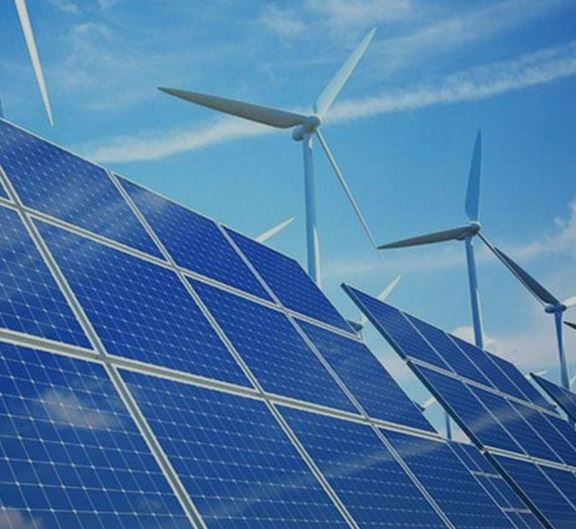
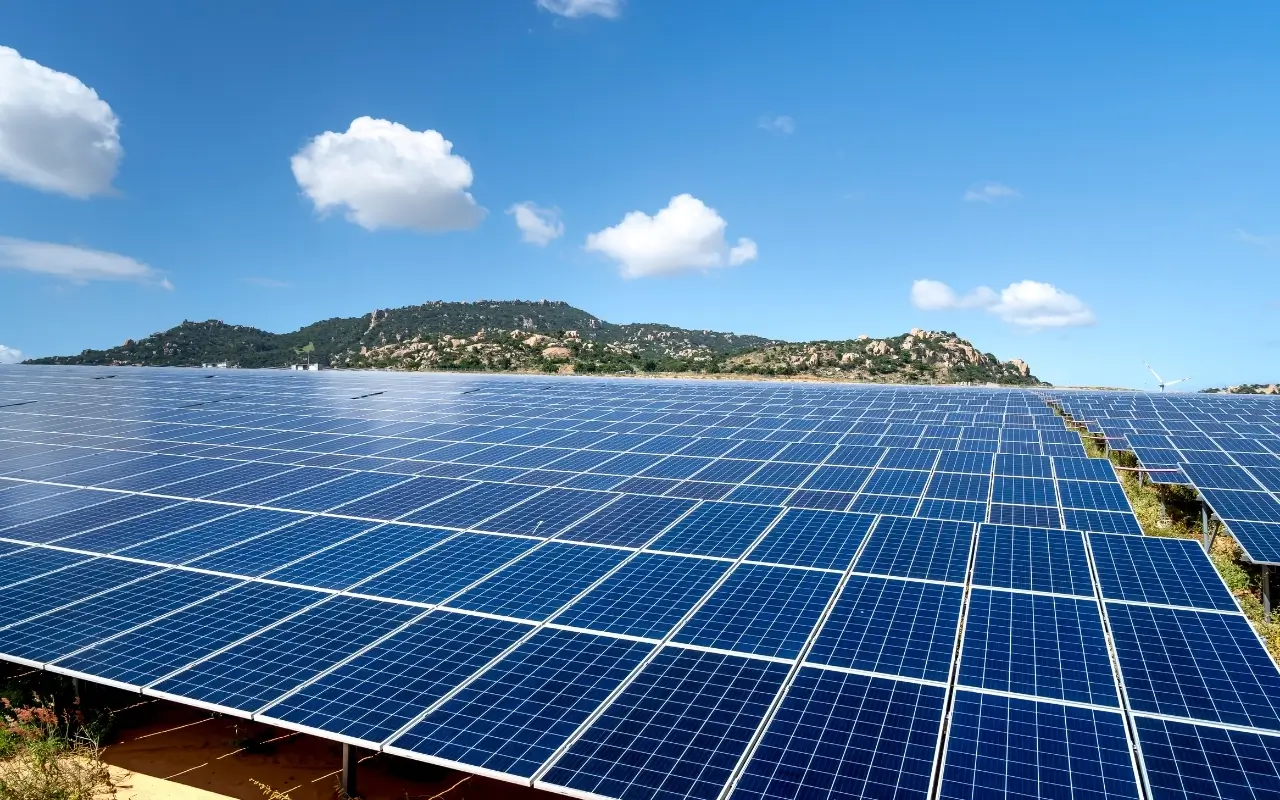
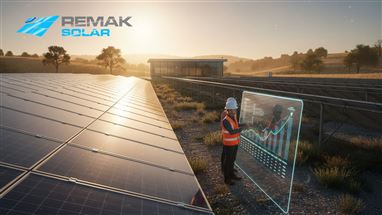
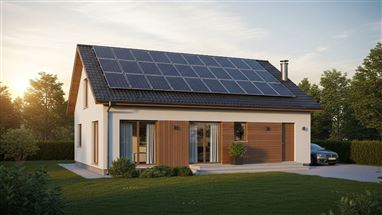
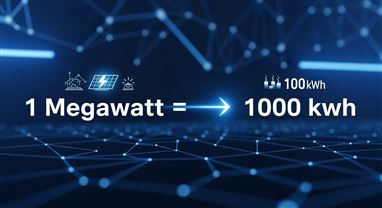
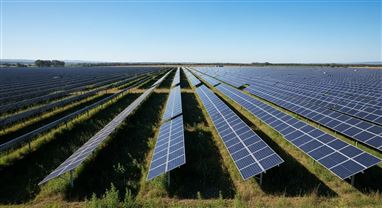
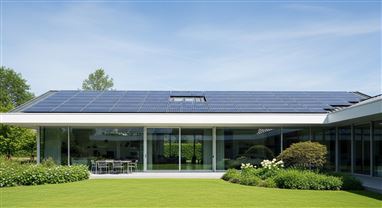
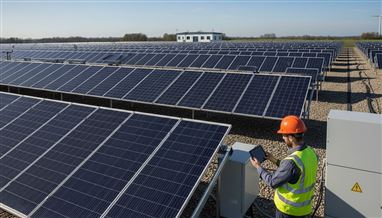
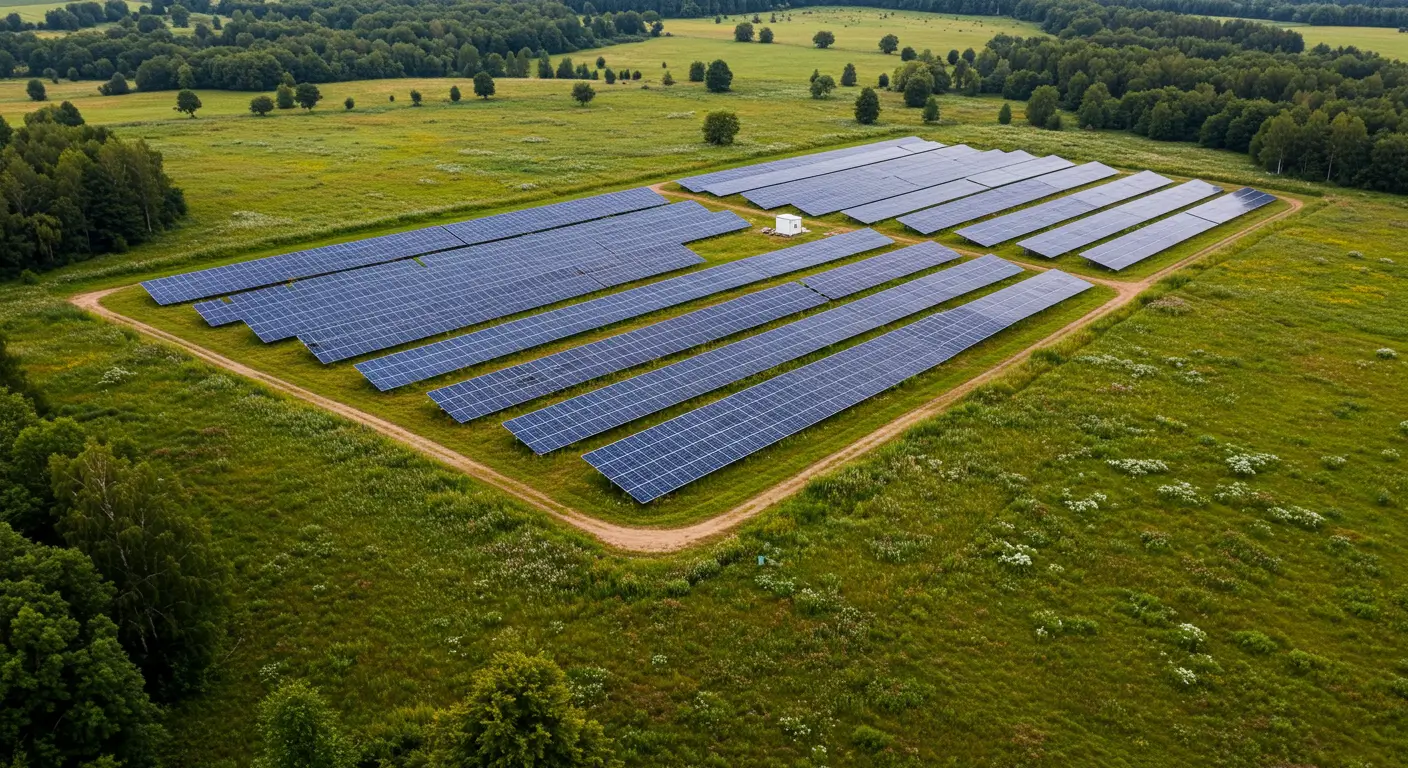
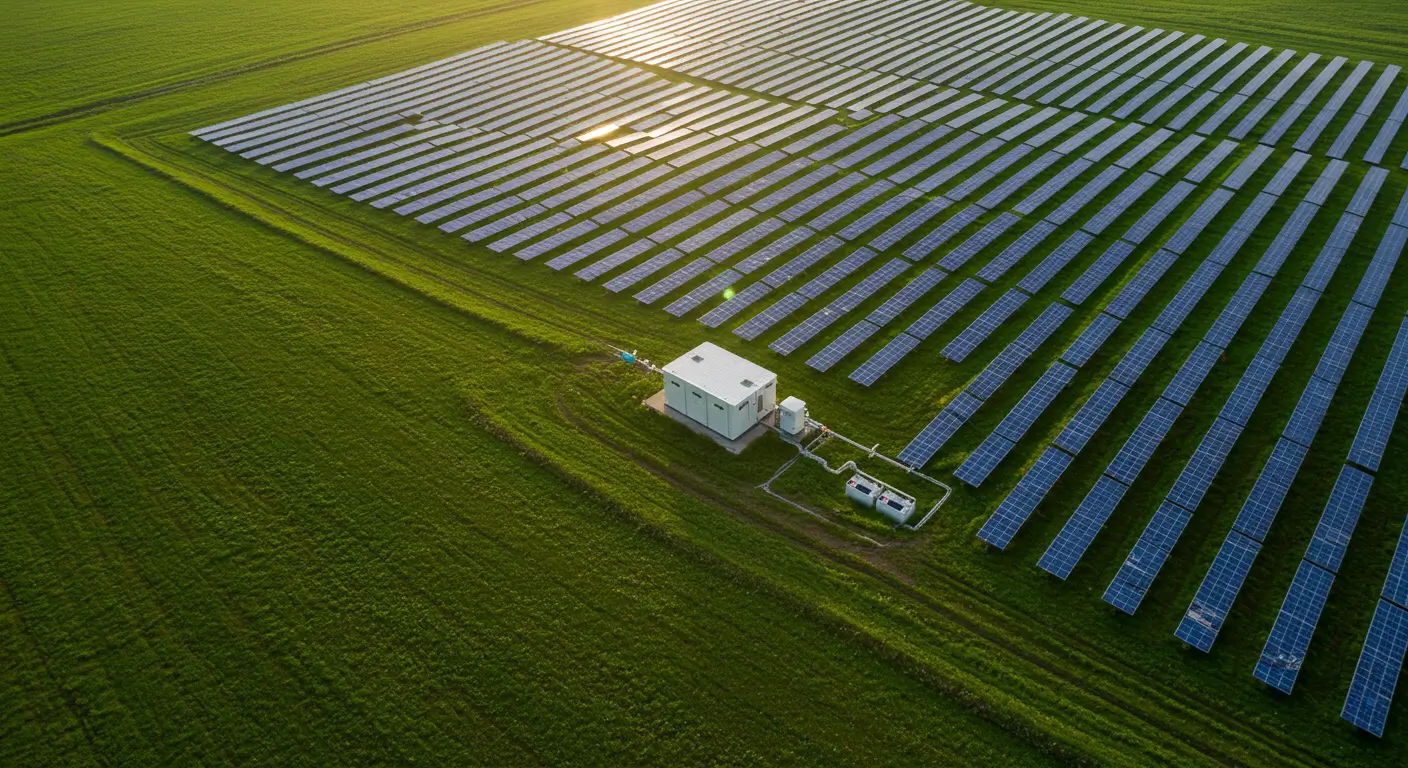
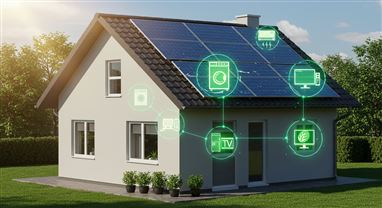
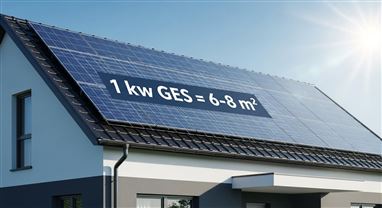
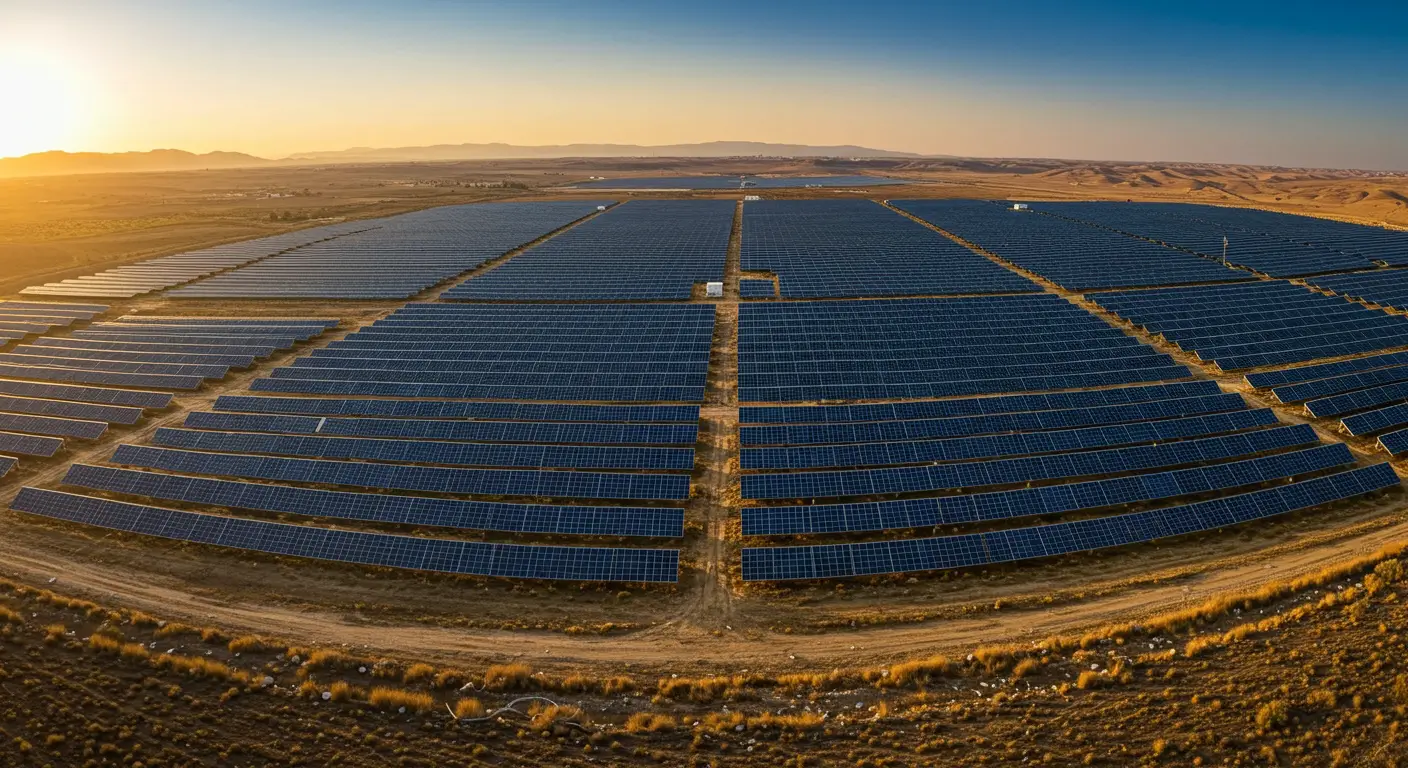
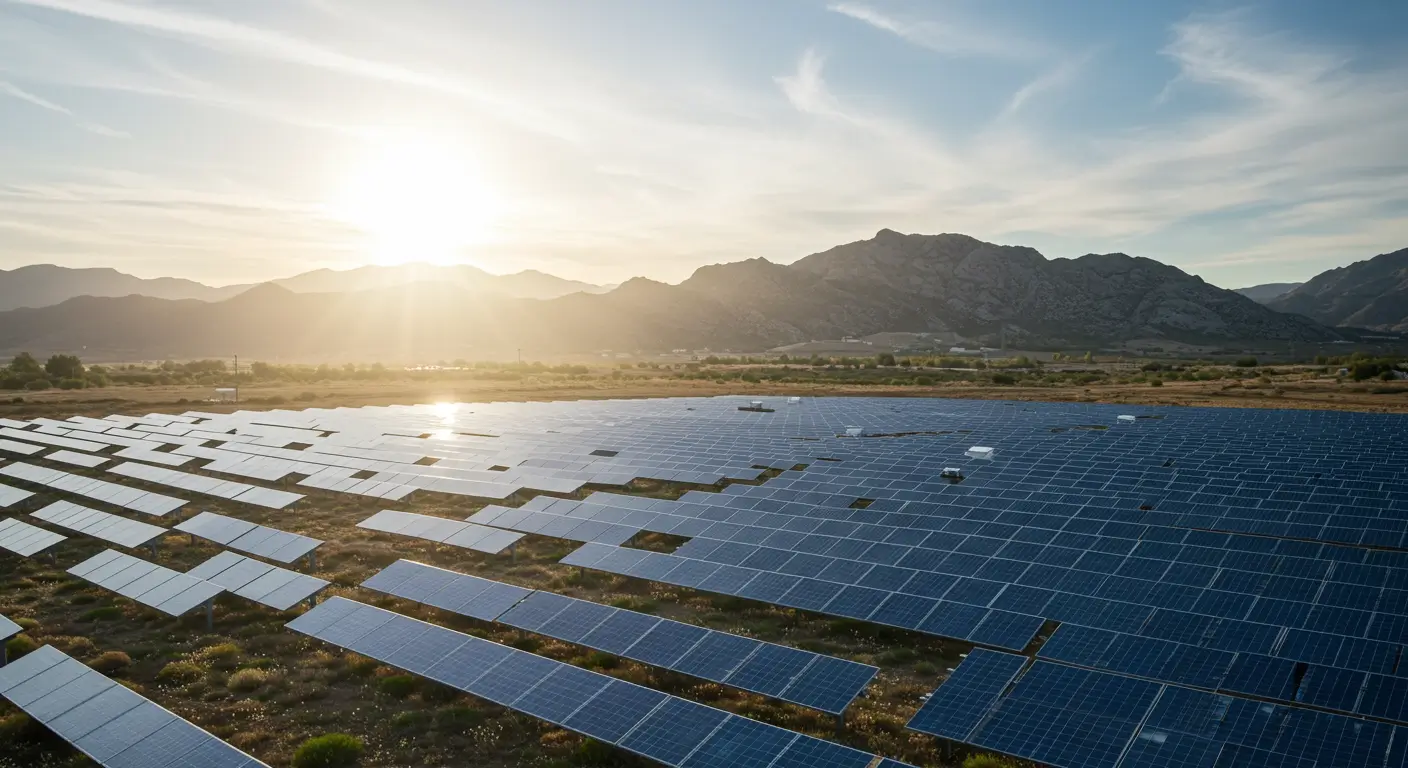
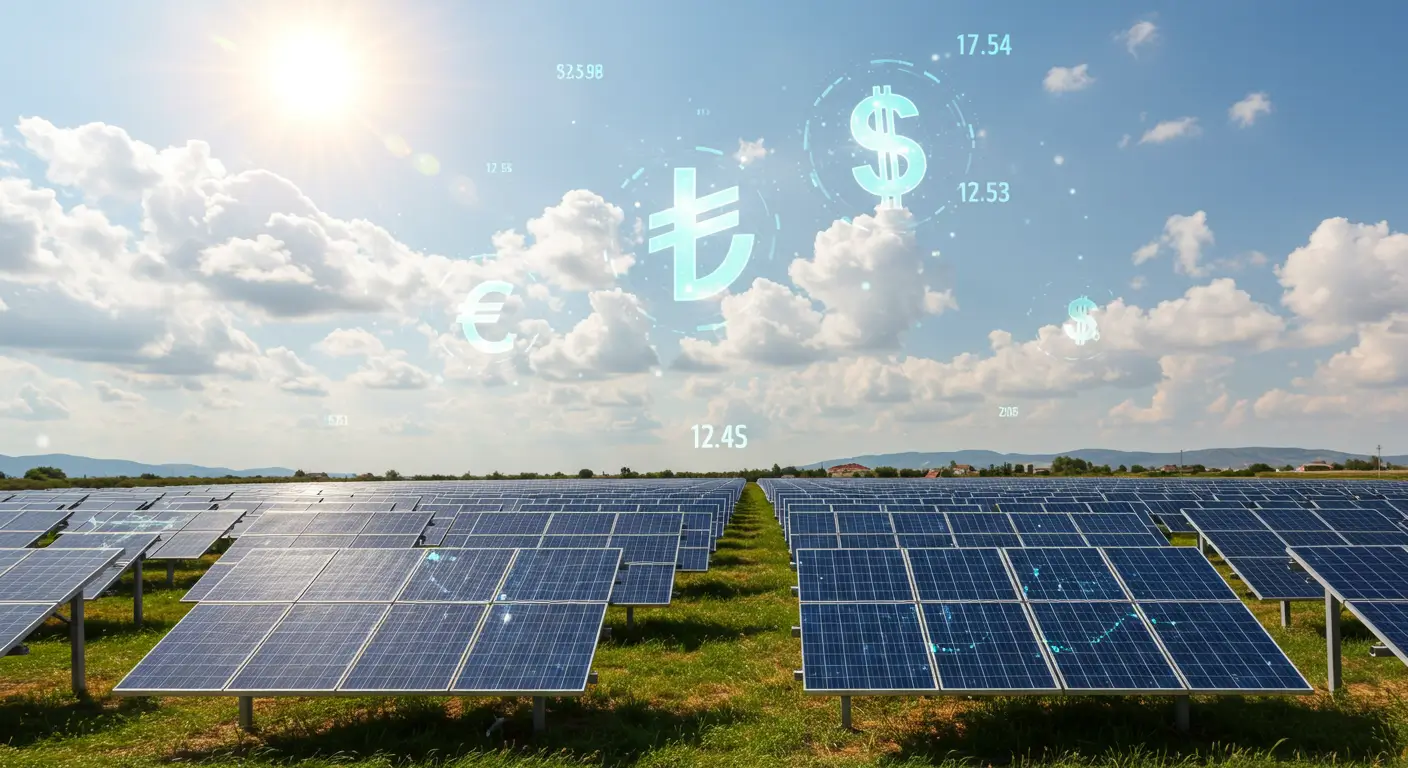
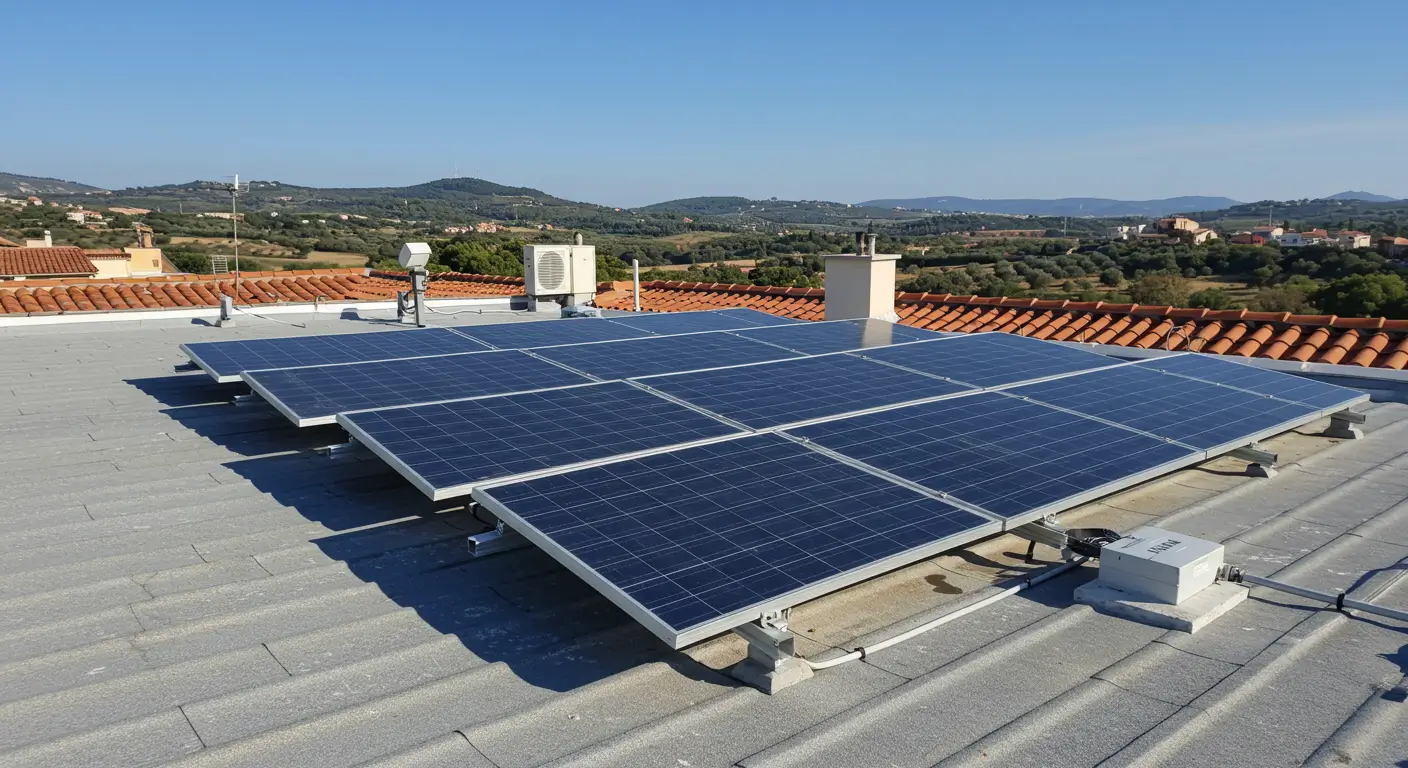
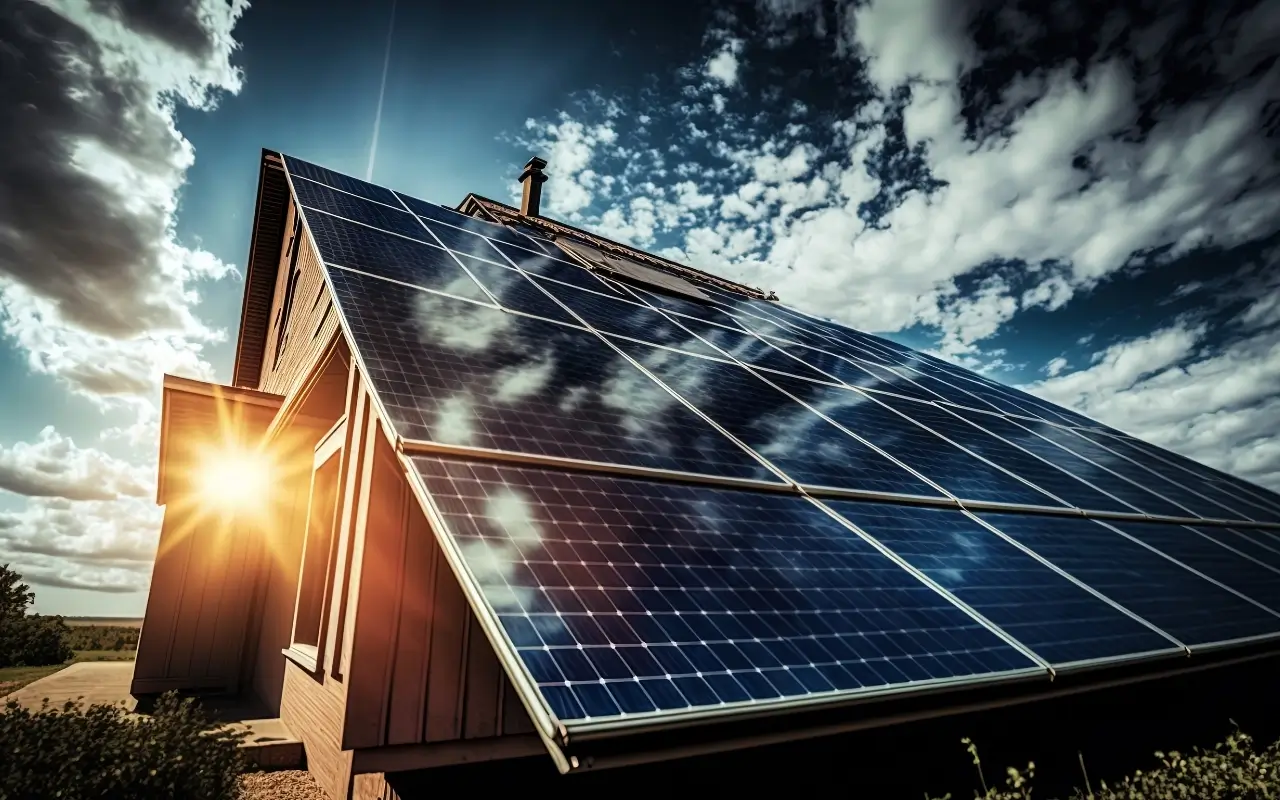
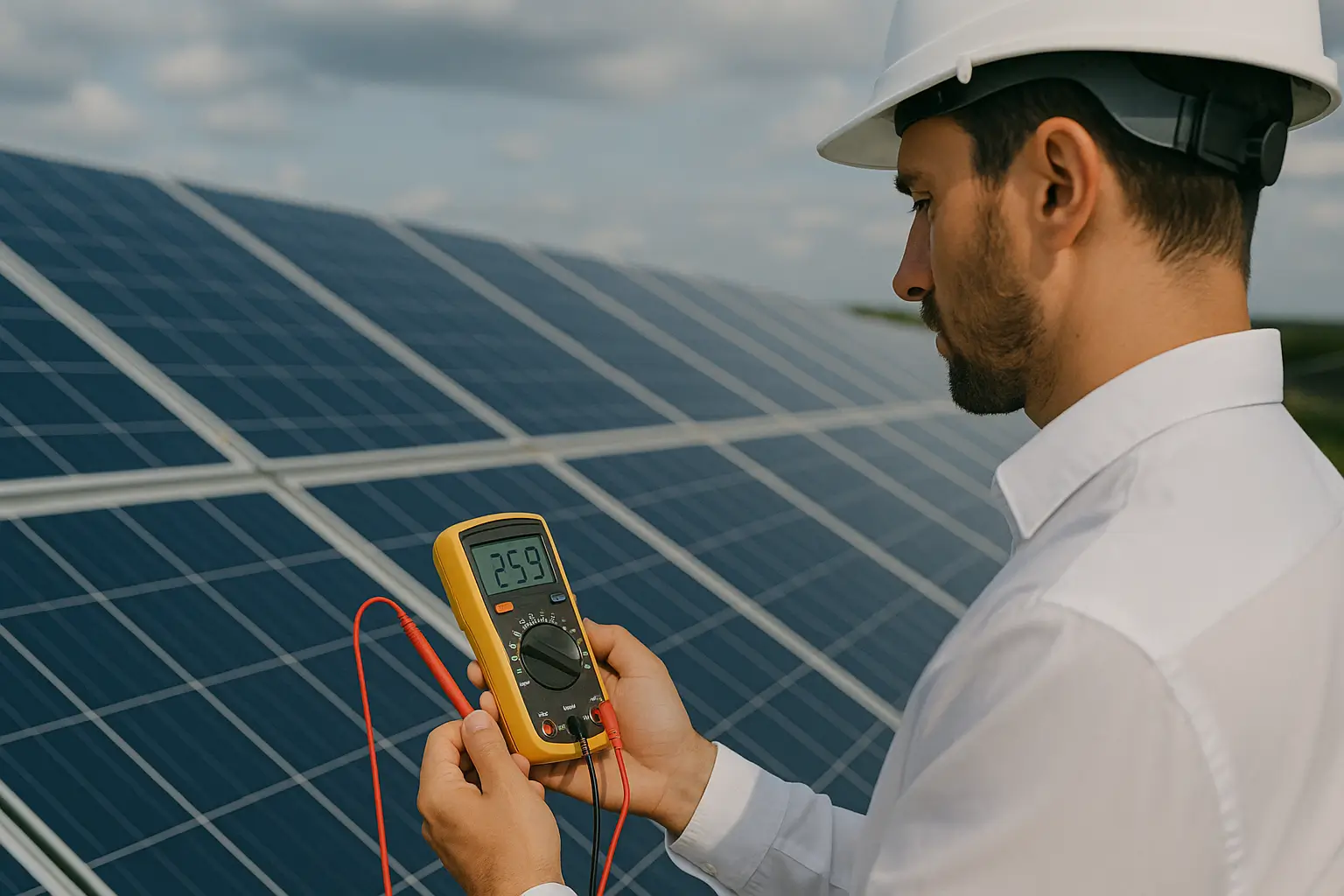
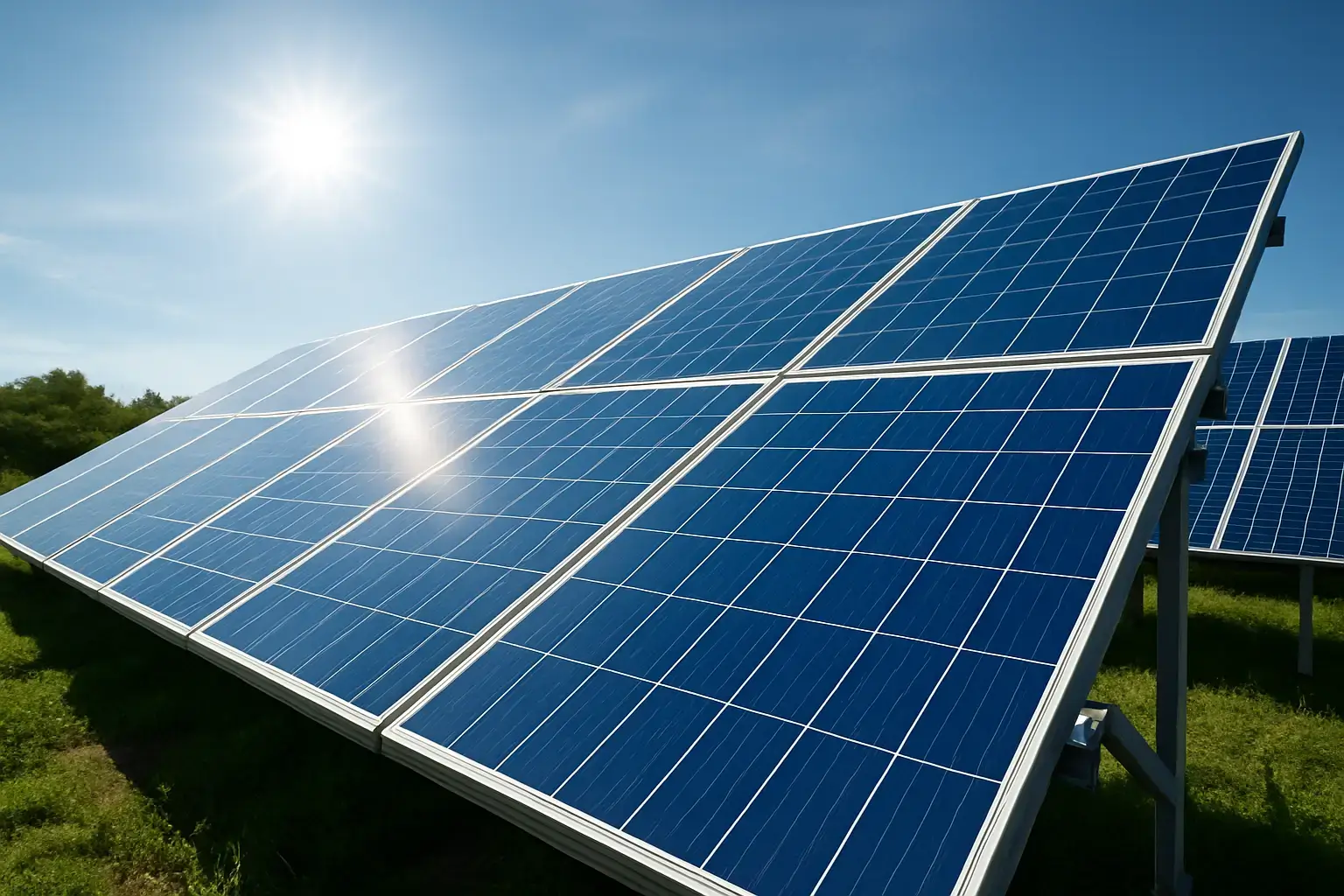

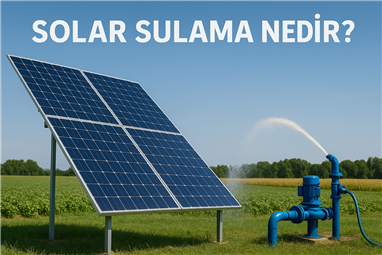
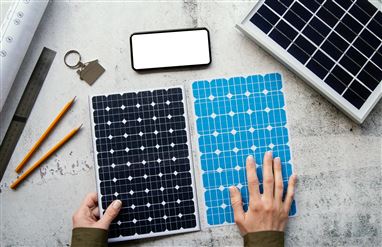
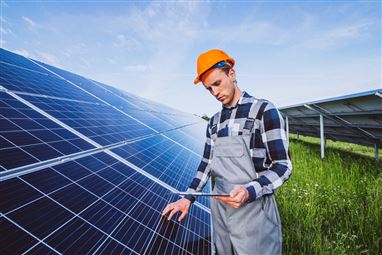
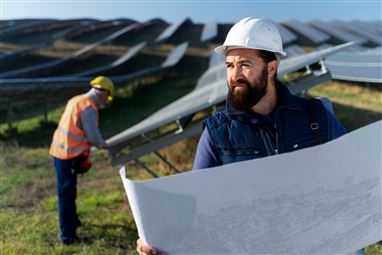
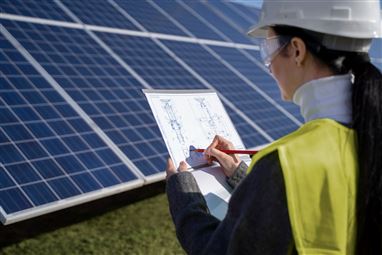
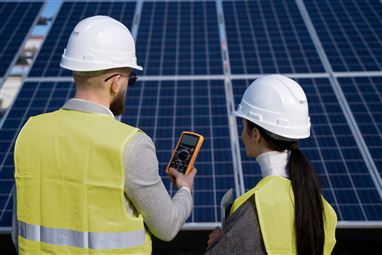
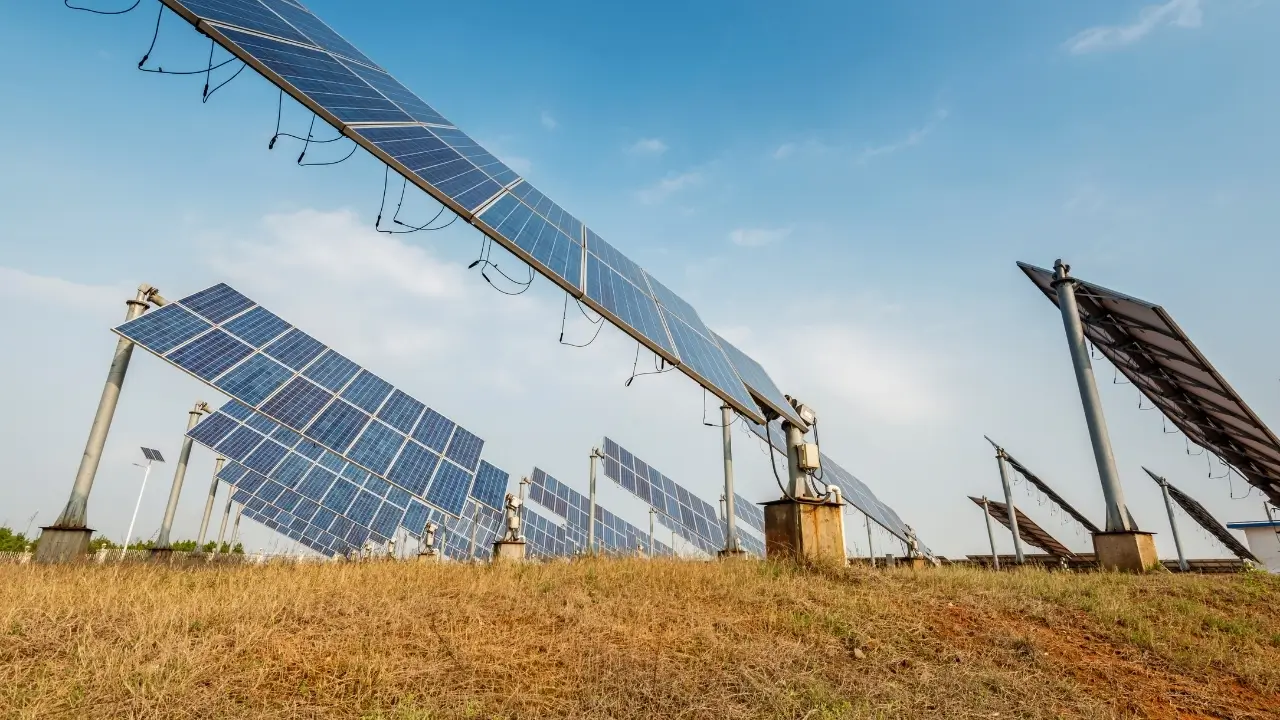
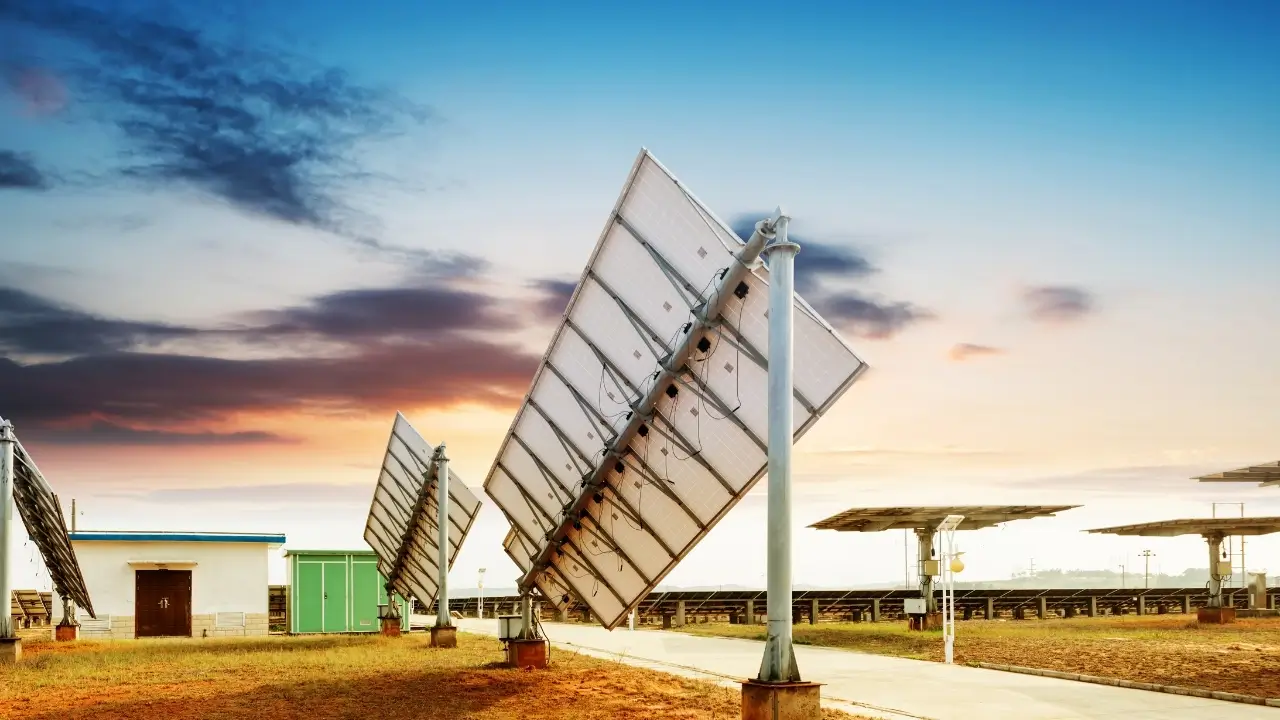
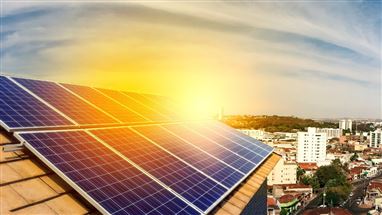
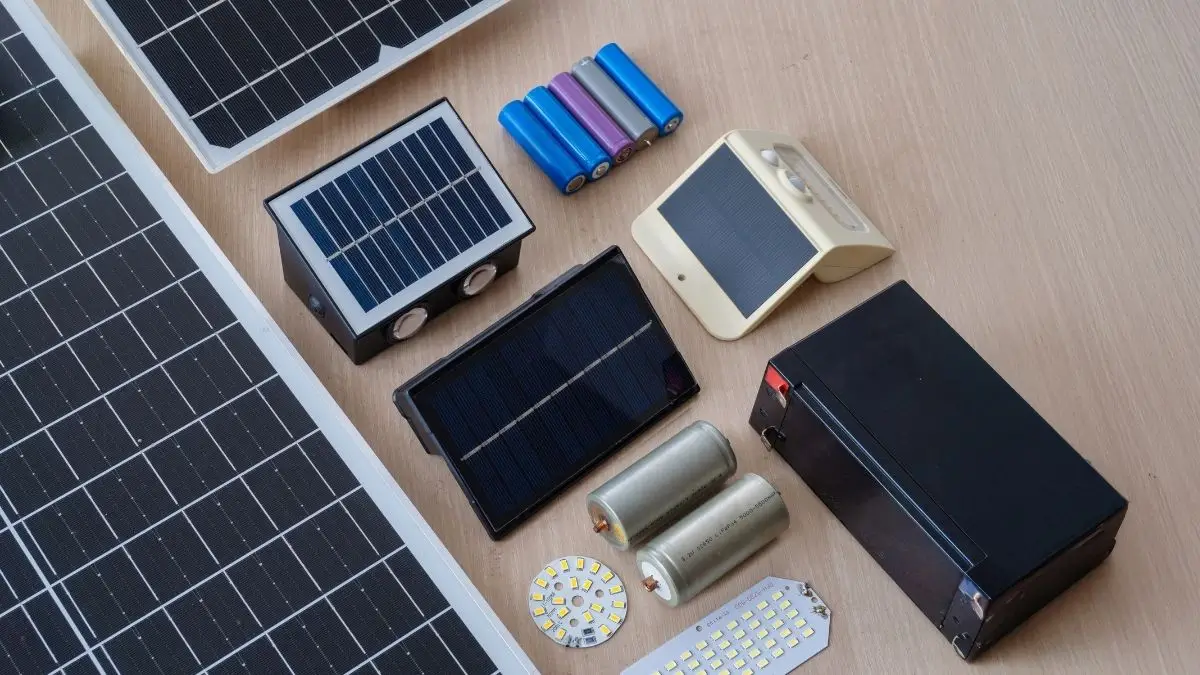
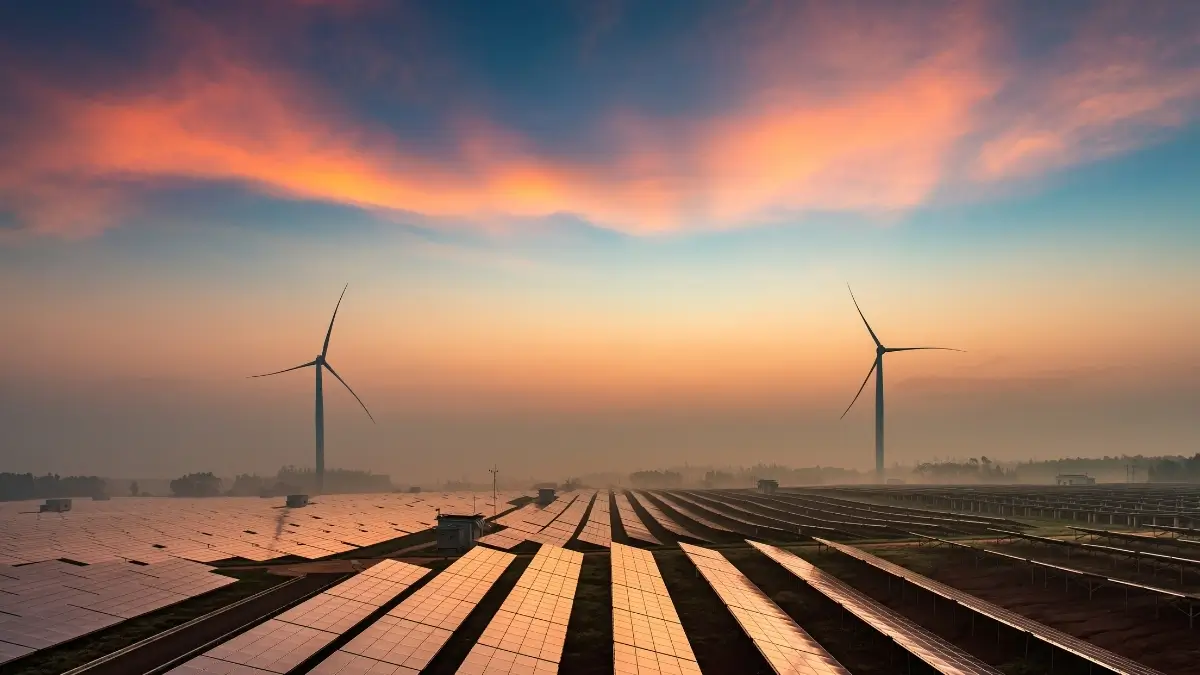
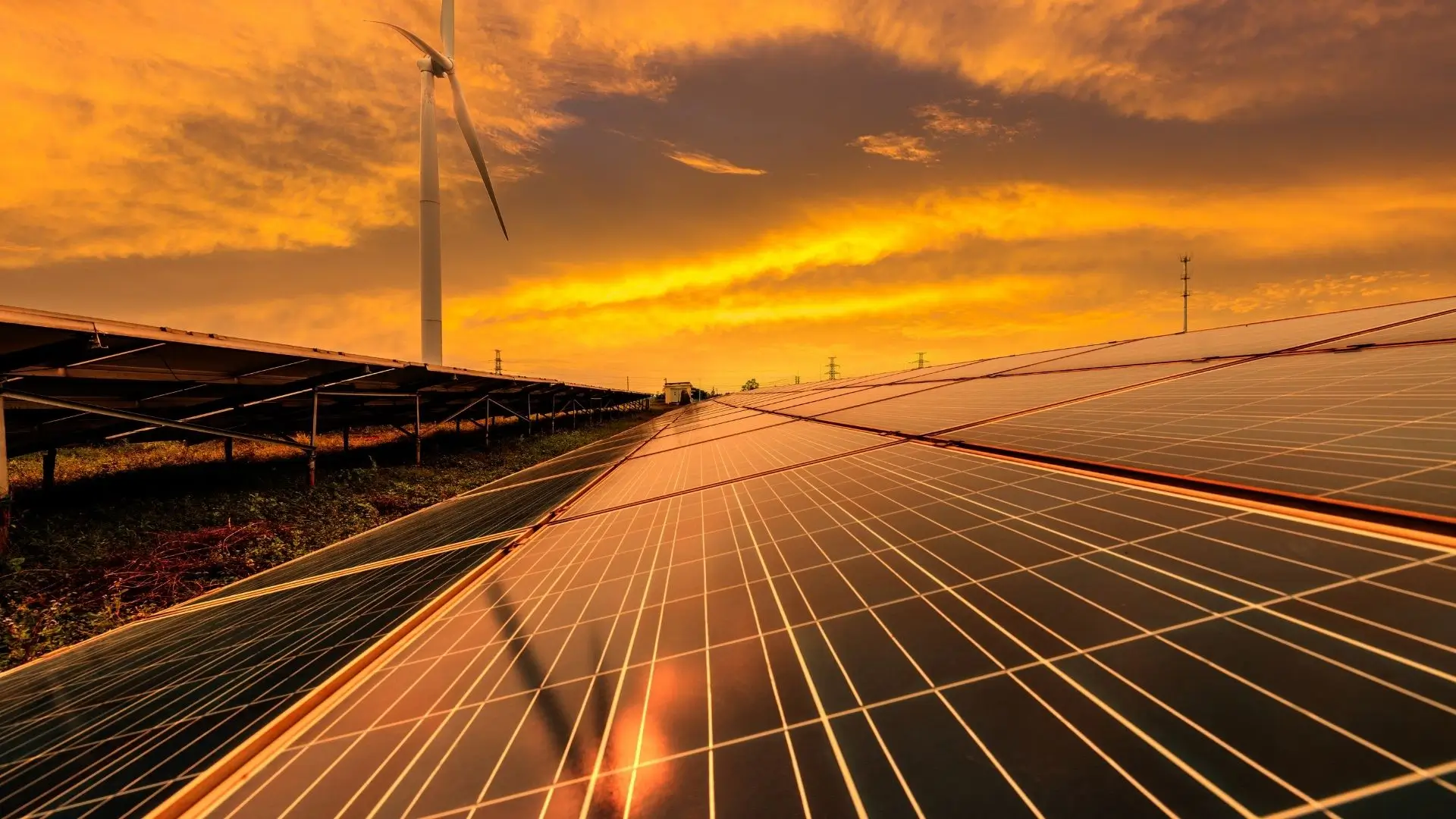
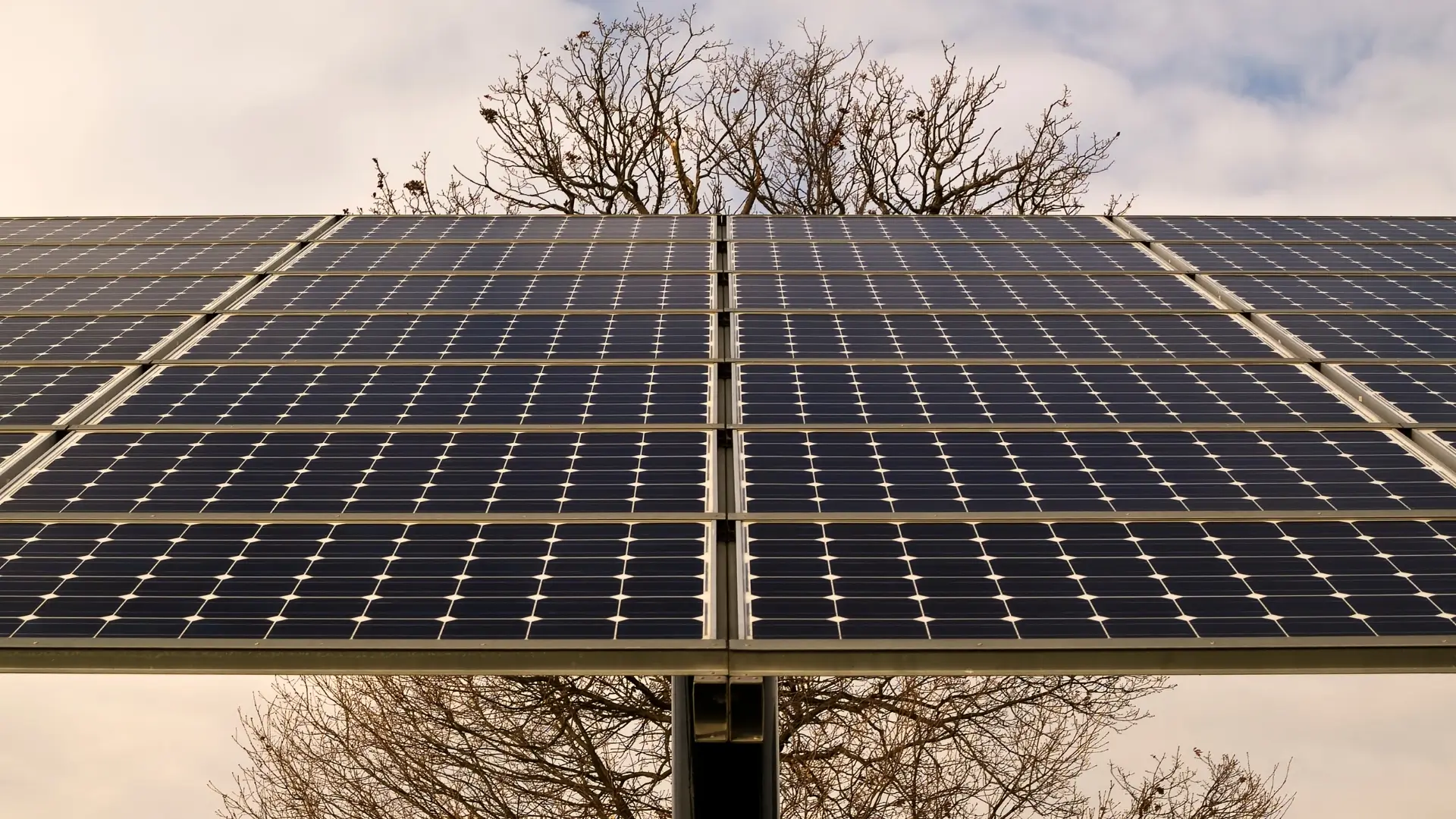
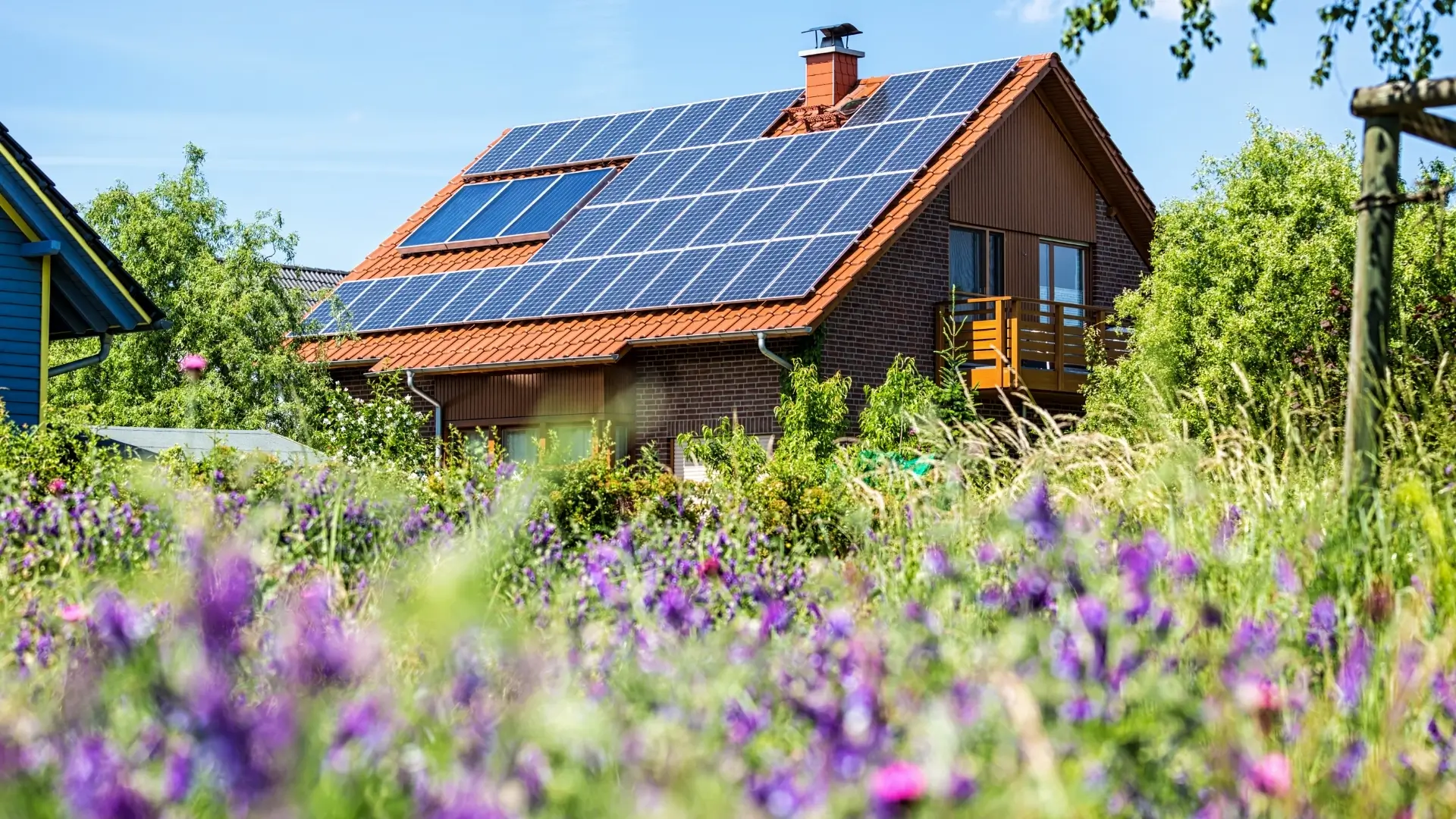
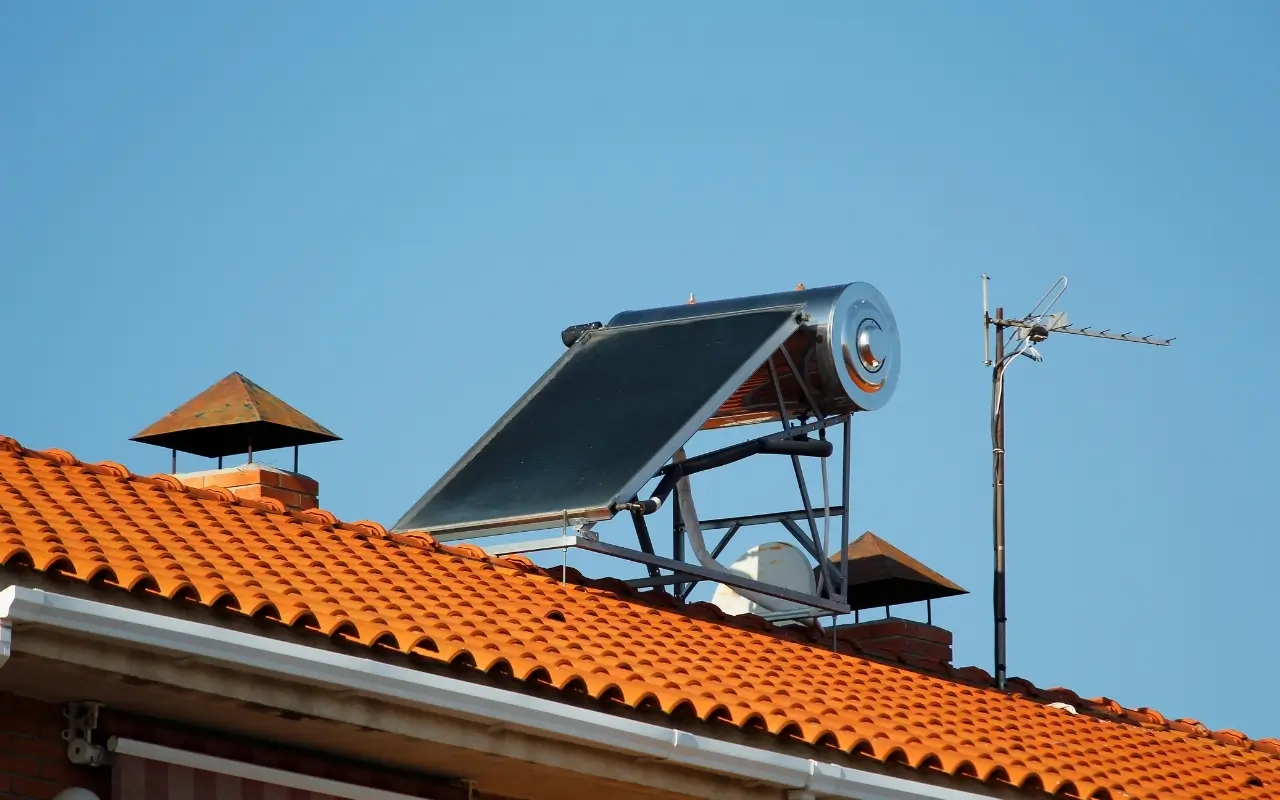
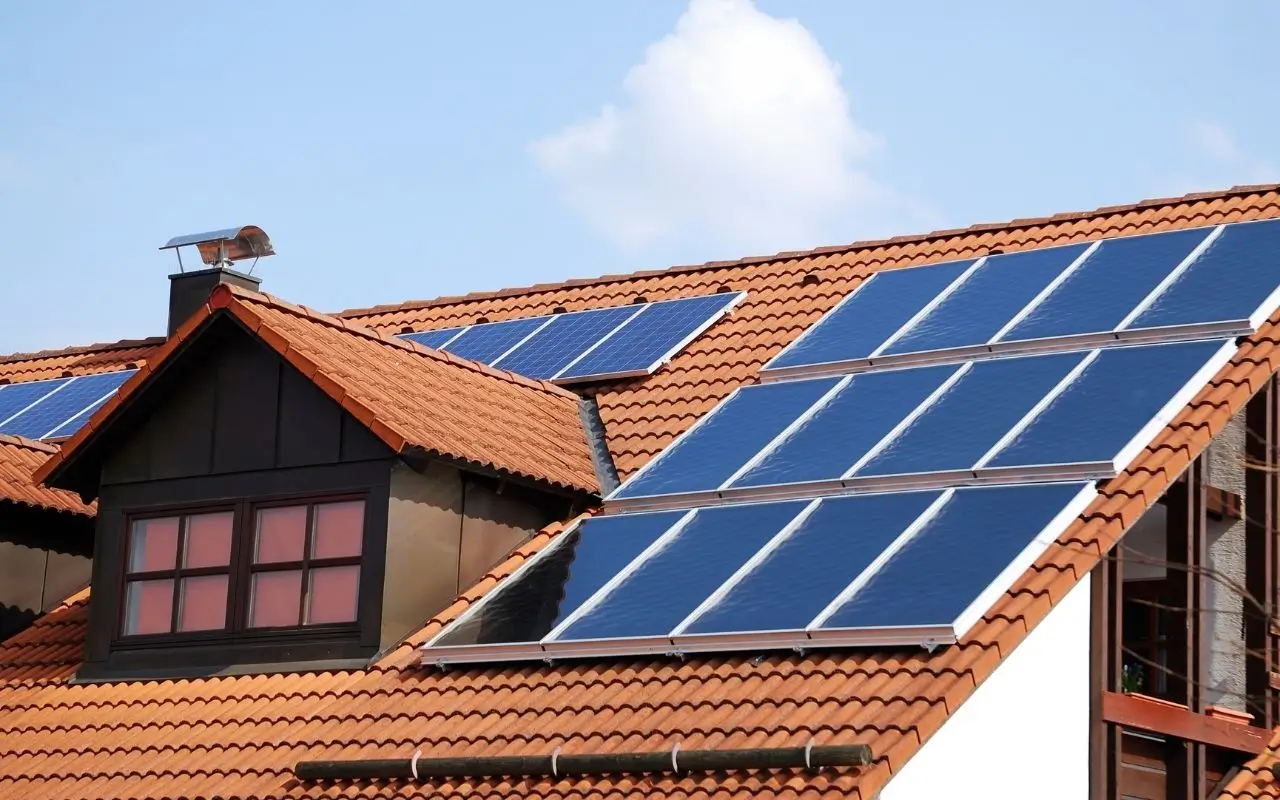
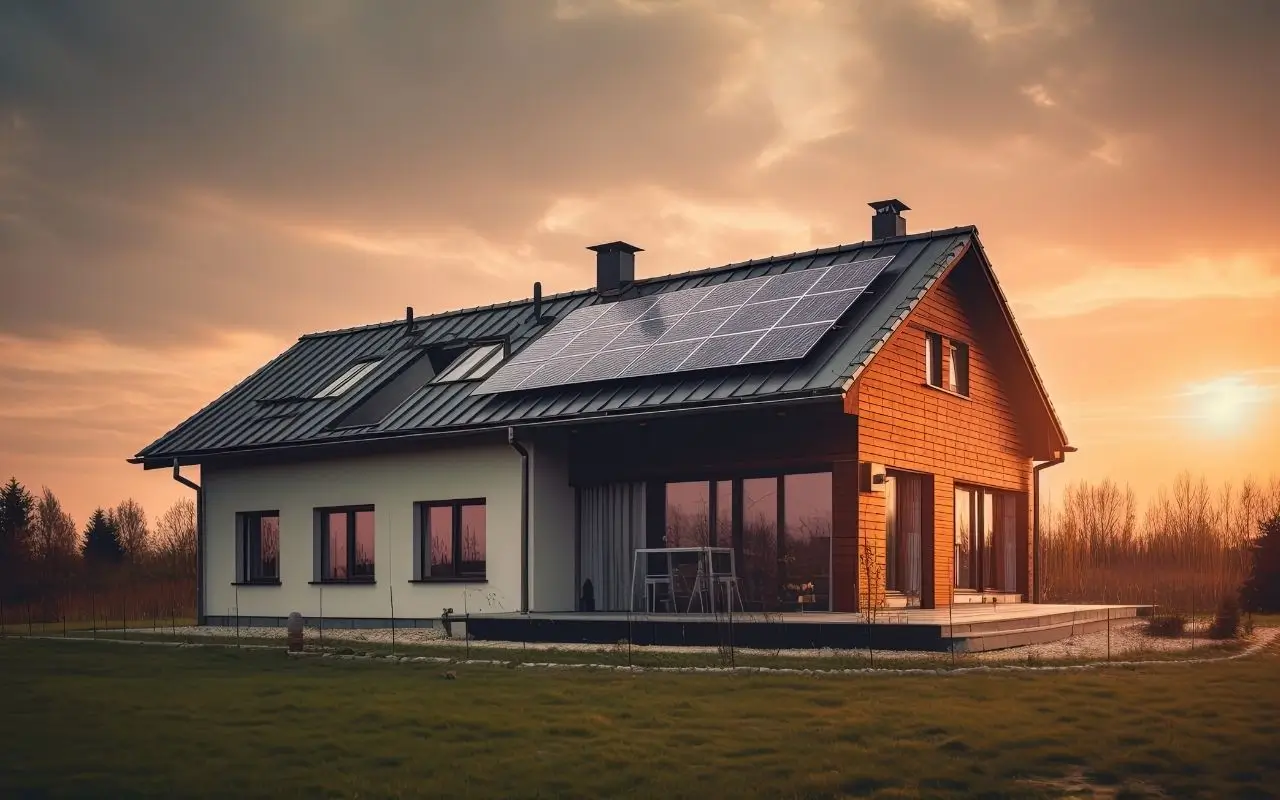
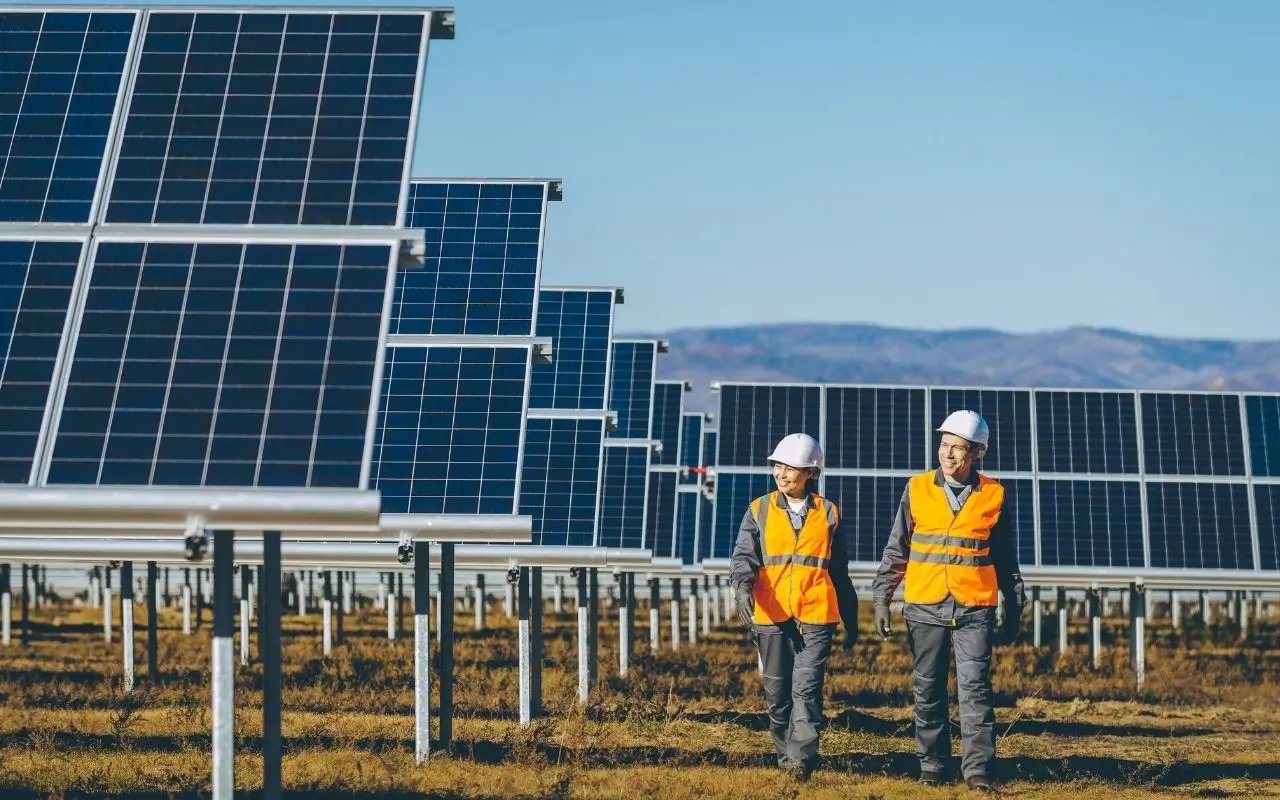
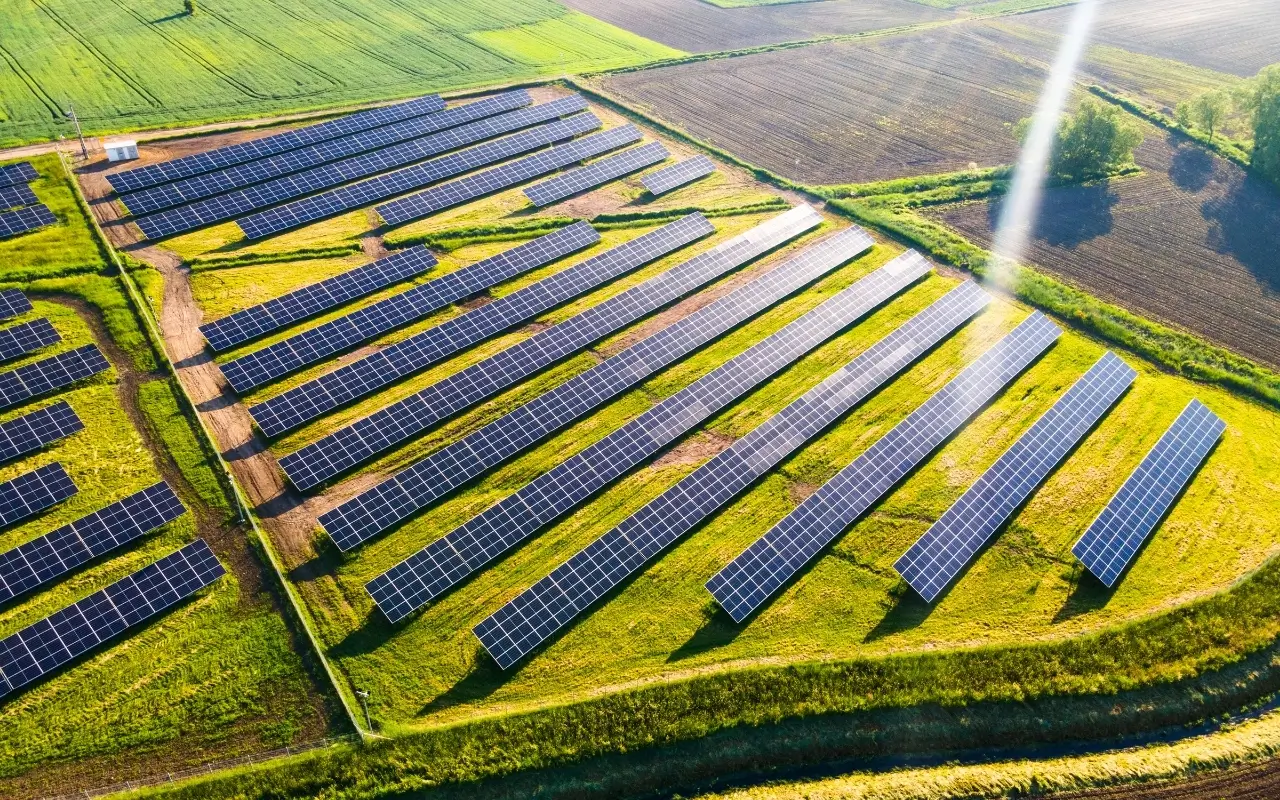
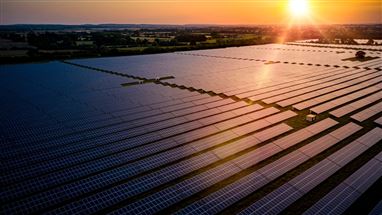
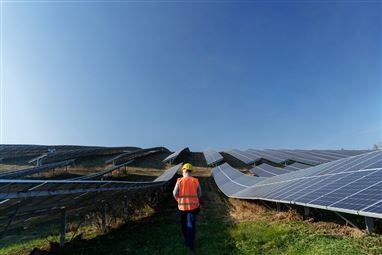
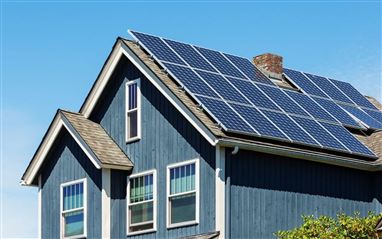
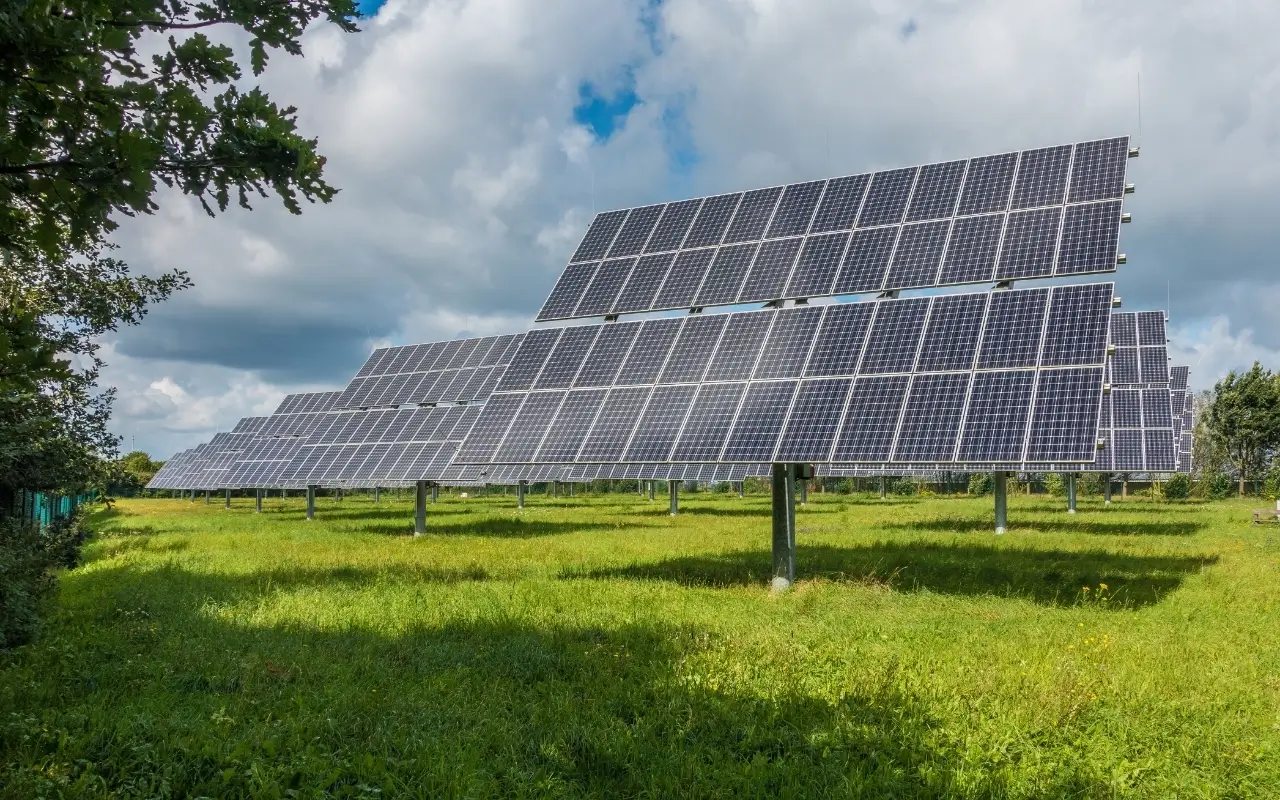
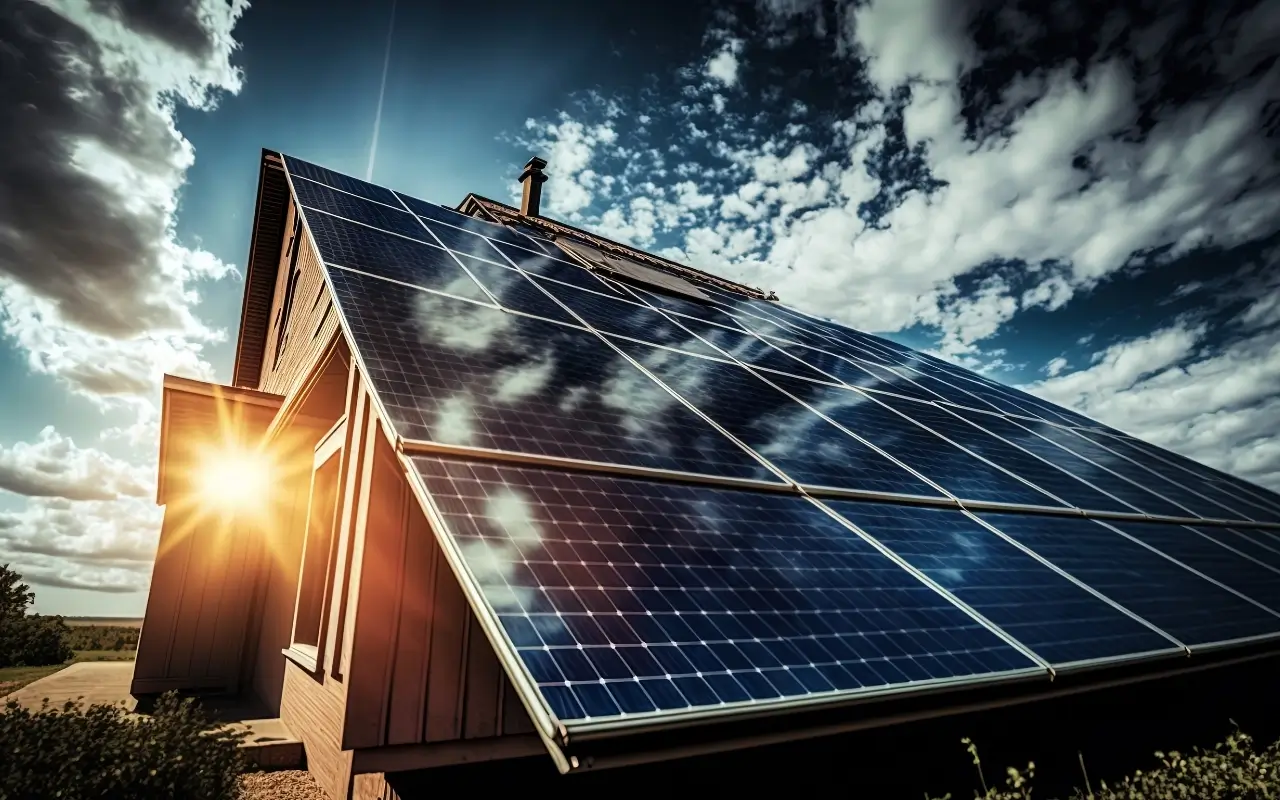
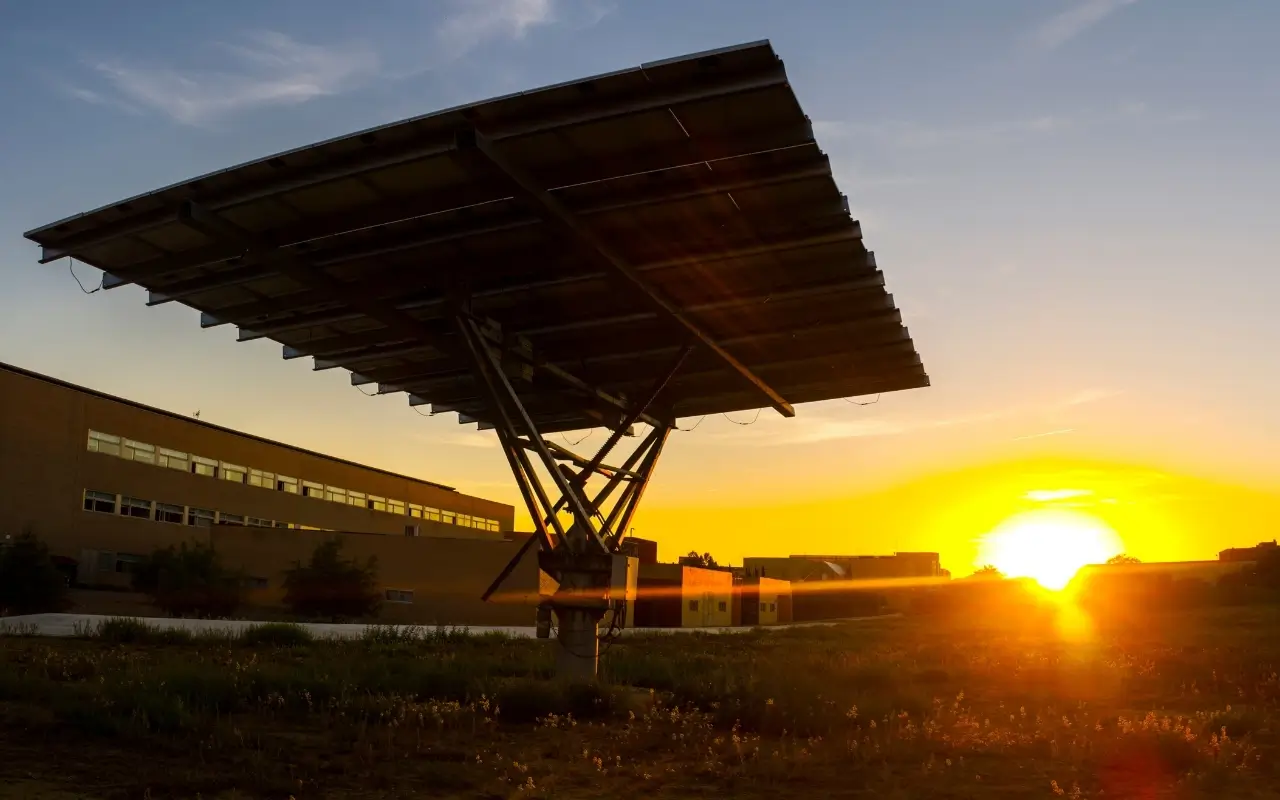
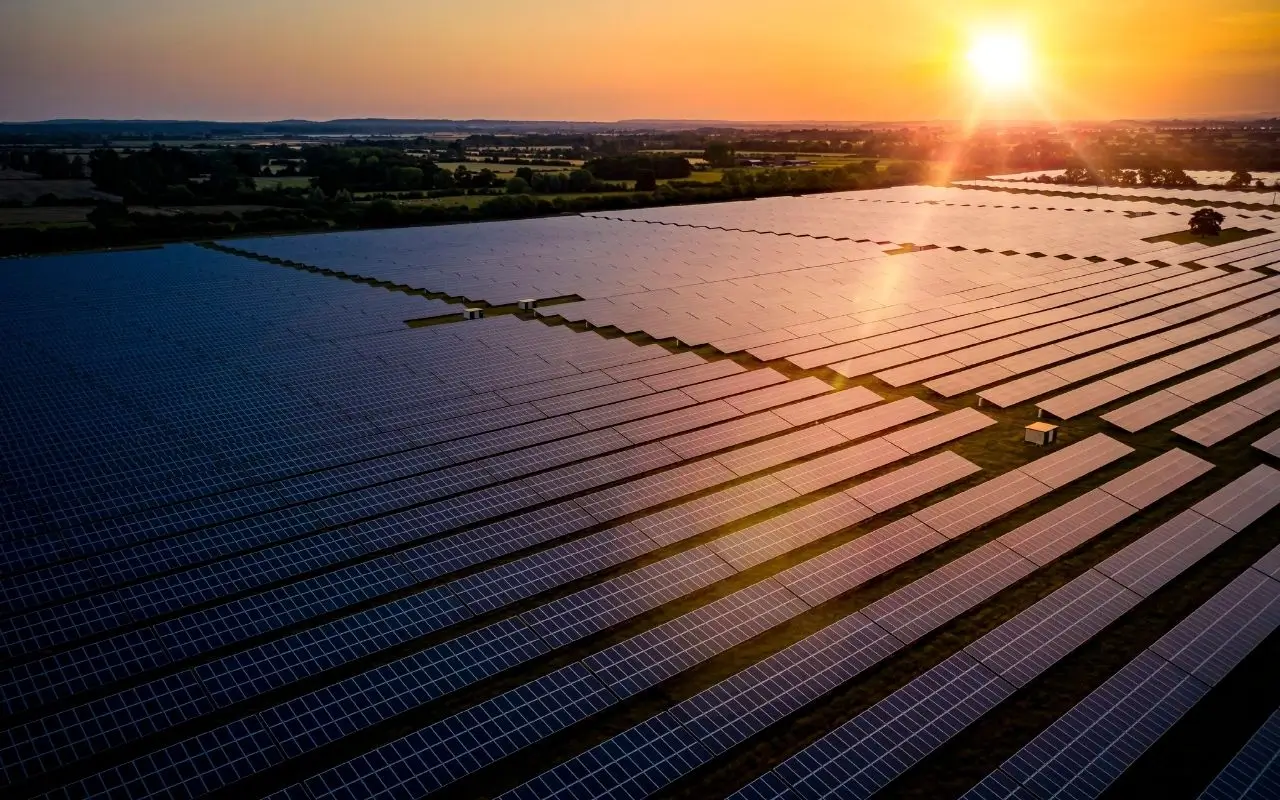
Do Comment